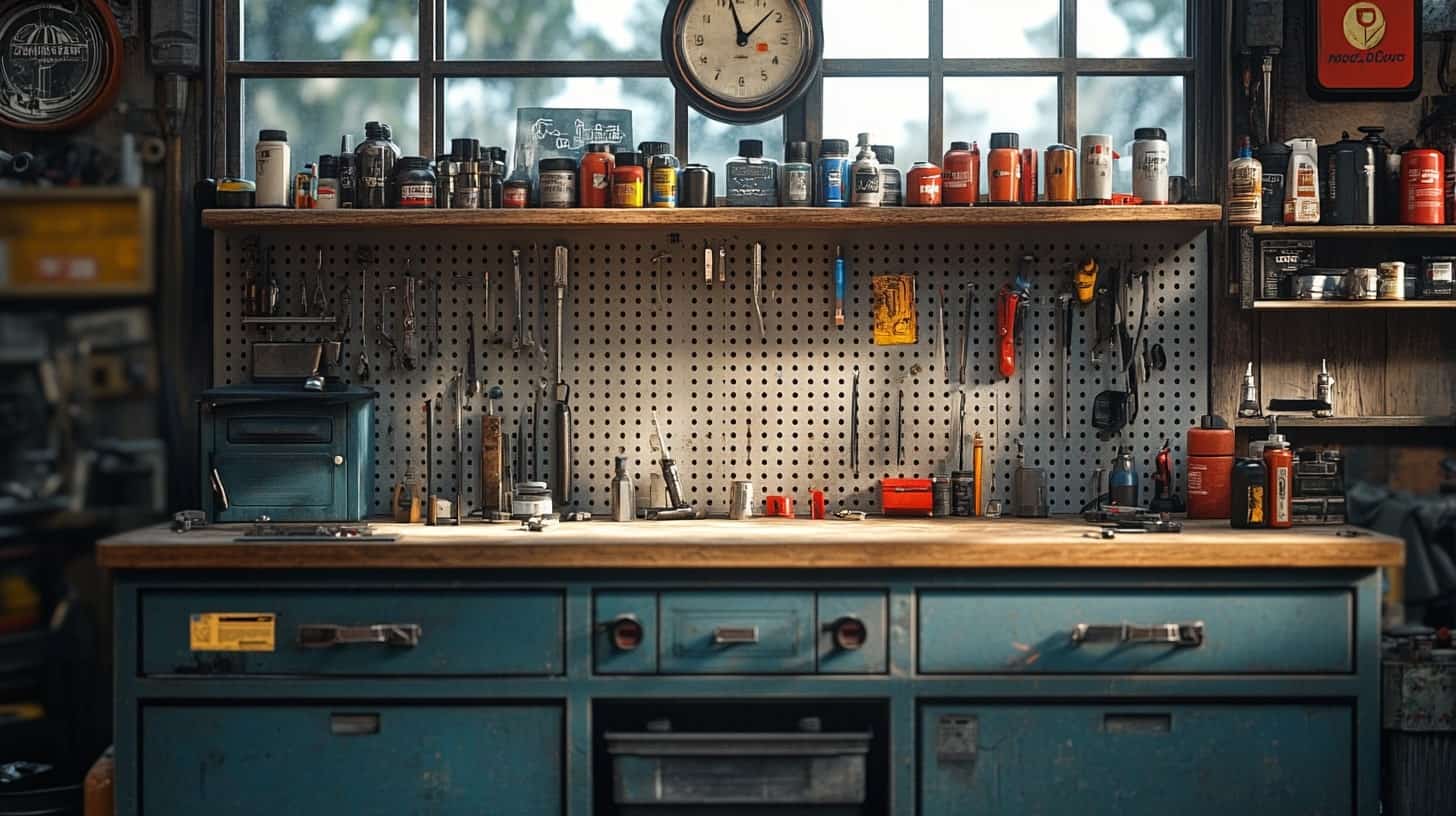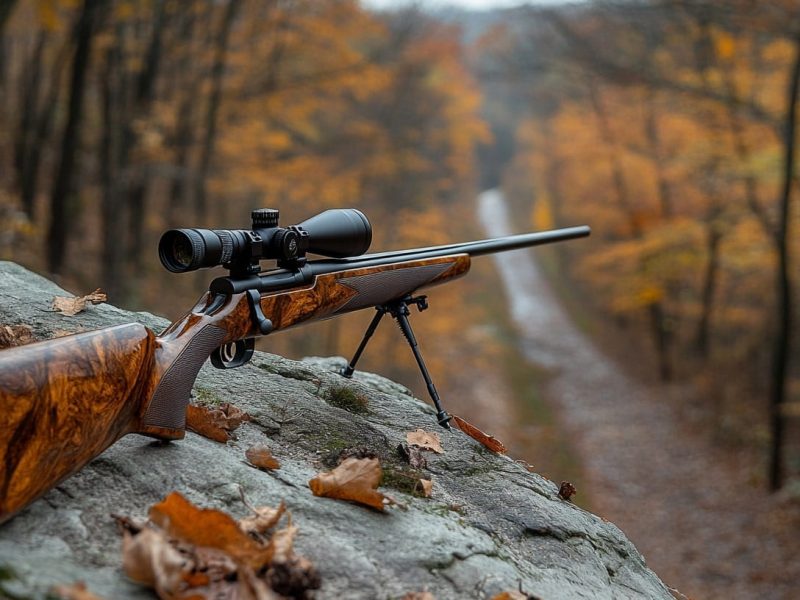Proper firearm maintenance is essential for ensuring your weapon’s longevity, reliability, and safe operation. Regular cleaning and lubrication not only improve performance but also prevent corrosion and wear. This comprehensive guide will take you through every step of the cleaning and lubrication process, providing practical tips and expert advice that will help you maintain your firearm like a professional.
Why Cleaning and Lubrication Are Crucial
Firearms are complex mechanical devices that operate under extreme conditions. Every time you fire your weapon, residue such as gunpowder, metal fouling, and carbon build-up accumulates inside the barrel, action, and other moving parts. If left unattended, these residues can cause malfunctions, reduce accuracy, and even lead to costly repairs.
Proper cleaning removes these deposits, while appropriate lubrication ensures smooth operation by reducing friction between moving parts. This routine maintenance is not only about enhancing performance—it’s also about safety. A well-maintained firearm is less likely to experience jams or misfires, ensuring that it operates reliably when you need it most.
Safety First: Precautions Before You Begin
Before you start the cleaning process, it is critical to follow safety guidelines:
- Unload Your Firearm: Ensure your weapon is completely unloaded. Remove any ammunition and double-check the chamber.
- Work in a Well-Ventilated Area: Many cleaning solvents and lubricants emit fumes. Work in an area with adequate ventilation.
- Wear Protective Gear: Use gloves and eye protection to shield your skin and eyes from harsh chemicals and debris.
- Use the Right Tools: Ensure you have a clean, organized workspace with the appropriate tools, such as cleaning rods, brushes, cloths, solvents, and lubricants recommended by the firearm manufacturer.
Following these precautions will create a safe environment and minimize the risk of accidents.
Gathering the Necessary Tools and Supplies
Before you begin, make sure you have the following items on hand:
- Cleaning Solvent: A solvent specifically designed for firearms to dissolve carbon and residue.
- Lubricant: High-quality gun oil or grease for moving parts.
- Cleaning Rod and Brushes: To reach the inner barrel and dislodge stubborn deposits.
- Microfiber Cloths: For wiping down surfaces without leaving lint.
- Pick Tools: For cleaning hard-to-reach areas.
- Bore Snake (Optional): A quick tool for a preliminary barrel cleaning.
- Manual or Owner’s Guide: Refer to your firearm’s manual for model-specific instructions.
Having all these items ready will make the cleaning process more efficient and help ensure that no step is overlooked.
Step-by-Step Guide to Cleaning Your Firearm
1. Disassemble Your Firearm
Start by carefully disassembling your firearm according to the manufacturer’s instructions. This may involve removing the bolt, barrel, and other components. Keeping track of all parts is essential—use a clean workspace and lay out the parts in the order you remove them. This methodical approach prevents loss or misplacement of any critical components.
2. Clean the Barrel
The barrel is one of the most critical areas for cleaning:
- Initial Pass: Use a bore snake or a cleaning rod with a brush attachment to run through the barrel several times. This will remove loose debris.
- Deep Cleaning: Apply a liberal amount of cleaning solvent to a bore brush and scrub the inside of the barrel. Allow the solvent to sit for a few minutes to break down stubborn residues.
- Final Pass: Run a clean, dry patch through the barrel to remove any remaining solvent and dissolved deposits.
Ensure that the inside of the barrel is completely free of residue to maintain accuracy and prevent damage.
3. Clean the Action and Other Components
While the barrel is being cleaned, work on the action:
- Wipe Down Parts: Use solvent and microfiber cloths to wipe down the bolt, trigger assembly, and other moving parts. Be gentle and avoid excessive force, as many of these components are finely machined.
- Use Brushes and Picks: For intricate areas, use small brushes or pick tools to remove any residue. Make sure to reach all corners and crevices.
Thorough cleaning of the action and components ensures smooth operation and prevents the buildup of debris that could interfere with the firearm’s function.
Lubrication: Ensuring Smooth Operation
Once your firearm is thoroughly cleaned and completely dry, it’s time to apply lubricant:
1. Choose the Right Lubricant
Select a lubricant that is recommended by your firearm’s manufacturer. Different parts may require different types of lubrication—some areas benefit from a light oil, while others might need a heavier grease. Avoid over-lubricating, as excess oil can attract dust and debris, potentially causing malfunctions.
2. Apply Lubricant to Key Areas
Focus on the following areas:
- Barrel and Chamber: A light coating inside the chamber can help prevent corrosion.
- Action Components: Apply lubricant to moving parts such as the bolt, trigger assembly, and rails. Use a small brush or a lint-free cloth to distribute the lubricant evenly.
- Hinges and Pivot Points: These areas require special attention as they experience a lot of movement.
Make sure to follow a methodical approach, applying a thin layer of lubricant only where necessary. Wipe away any excess with a clean cloth.
3. Reassemble Your Firearm
After lubricating, reassemble your firearm carefully. Double-check that every component is securely in place and that no lubricant has been inadvertently applied to areas where it might cause issues. A properly reassembled firearm should operate smoothly without any signs of resistance or abnormal movement.
Tips for Ongoing Maintenance
Regular cleaning and lubrication are essential, even if you haven’t fired your weapon recently. Consider the following maintenance tips:
- After Each Use: Clean your firearm after every shooting session. Residue can build up quickly and lead to corrosion if left unchecked.
- Periodic Deep Cleaning: Even if your firearm is stored, schedule a deep clean at least once a season to remove any dust or environmental contaminants.
- Inspect for Wear and Tear: Regularly inspect your firearm for signs of wear, corrosion, or damage. Address issues immediately to prevent further complications.
- Store Properly: Keep your firearm in a dry, controlled environment to minimize the risk of rust and corrosion.
By incorporating these maintenance habits into your routine, you can extend the life of your firearm and ensure it remains reliable and safe.
Troubleshooting Common Issues
Even with regular maintenance, you might encounter common issues such as stubborn fouling or unusual friction. Here are a few troubleshooting tips:
- Persistent Fouling: If residue persists in the barrel or action, consider using a different cleaning solvent or a more specialized cleaning tool. Sometimes, a slightly longer soak time may help loosen stubborn deposits.
- Over-Lubrication: If you notice an accumulation of oil, wipe down the affected areas thoroughly and reapply a minimal amount of lubricant. Excess oil can interfere with the firearm’s operation.
- Component Wear: If you suspect that certain parts are wearing out prematurely, consult a professional gunsmith for advice or replacement options. Early intervention can prevent further damage.
Conclusion
Cleaning and lubricating your firearm is more than just a routine task—it is an essential aspect of firearm care that ensures optimal performance, safety, and longevity. By following the detailed steps in this guide, you can confidently maintain your weapon, keeping it in peak condition for every shooting session. Regular maintenance not only enhances the functionality of your firearm but also upholds the highest standards of safety and reliability.
Remember, a well-maintained firearm is a reliable firearm. Whether you are an experienced shooter or a beginner, taking the time to properly clean and lubricate your weapon will pay dividends in performance and peace of mind. With the right tools, careful attention to detail, and a commitment to regular upkeep, your firearm will remain a trusted companion for years to come.
Embrace the art of firearm maintenance and let this guide serve as your roadmap to a cleaner, smoother, and more reliable shooting experience.


